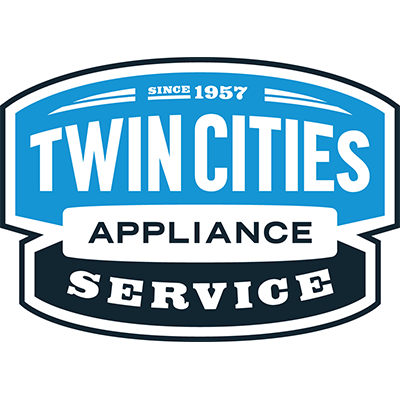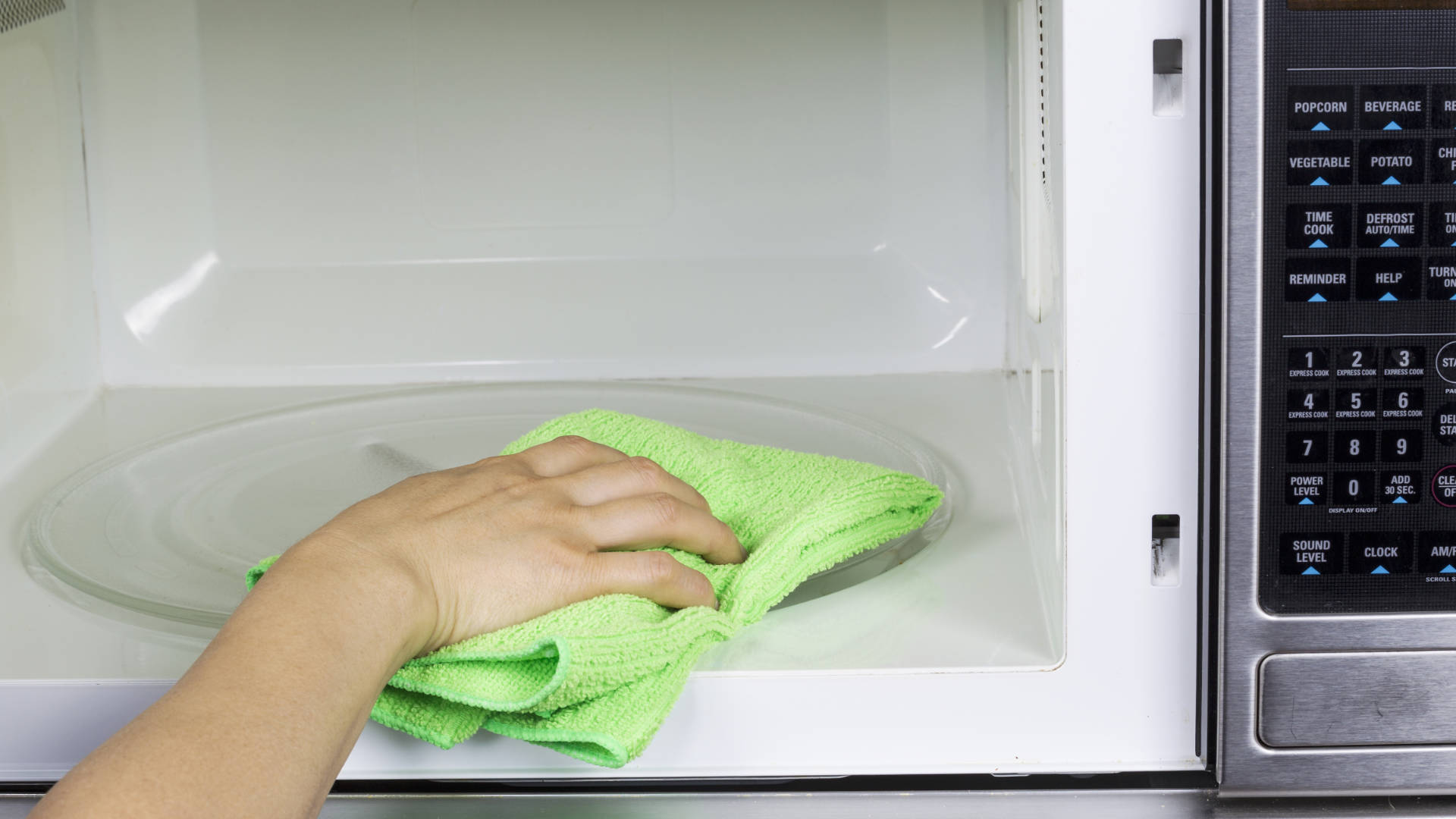
Microwaves have become a kitchen staple. As such, they tend to be used quite often and therefore need to be cleaned regularly. When it comes to cleaning a microwave, there are several different options, most of them involving steam and an item you likely already have in your kitchen.
Ways to Clean Your Microwave
- Water & Paper Towels
- Dish Soap & Water
- Baking Soda & Water
- Vinegar & Water
- Lemon & Water
- Microwave Cleaning Product
- Diluted Window Cleaner
All of these methods can be used to clean off stains and remove stuck-on food. Apart from the paper towel method, they also contain antibacterial properties. The various solutions can also be used to clean removable microwave parts, such as the turntable plate.
Paper Towel Method
If the microwave just needs a basic clean, cleaning it with paper towels will do the trick.
What you will need:
- Several paper towels
- Water
The method:
- Wet a bunch of paper towels with water.
- Put the wet paper towels in the microwave on the turntable plate.
- Close the door and run the microwave on high for 4-5 minutes.
- Once the microwave has finished, wait 3-4 minutes before opening the door.
- Use the paper towels and the steam created to clean the inside of the microwave. Be careful, as the paper towels may still be hot.
Precautions
It is fine to put paper towels in the microwave; just make sure they are wet when using this cleaning method. Paper towels with heavy printing or recycled paper towels should be avoided. Non-regular paper towels may contain materials that could cause microwave sparking or be high in undesirable chemicals.
Dish Soap Method
If you would like to clean the microwave with more than just water and steam, dish soap will do the job.
What you will need:
- Dish soap
- Microwave-safe bowl
- Water
- Sponge
The Method:
- Add water to a microwave-safe bowl until it is ¾ full (no more than 500 ml).
- Add dish soap to the water.
- Put the microwave-safe bowl into the microwave.
- Close the door and run the microwave on high for 1 minute or until it steams.
- Remove the bowl and use a sponge to clean the microwave. Be careful when removing the bowl, as it may still be hot.
Baking Soda Method
If the microwave has stuck-on food and perhaps needs to be deodorized, baking soda will get the job done. Along with breaking down and dissolving grease, dirt, and food particles, baking soda is also a deodorizer. Unlike other deodorizing products, which tend to cover up the smell, baking soda absorbs the odors.
Baking soda can be used in the same manner as the dish soap method, or a paste can be made and applied to tough stains or stuck-on food.
What you will need:
- Baking soda (2 tablespoons)
- Water (1 cup)
- Microwave-safe bowl
- Butter knife
- Sponge, microfiber cloth, or towel
The Steam Method:
- Combine 1 cup of water with 2 tablespoons of baking soda in a microwave-safe bowl.
- Place in the microwave and microwave for 4-5 minutes.
- Once the microwave has finished, wait another 3-4 minutes.
- Remove the microwave-safe bowl. Be careful, as it may still be hot.
- Clean the microwave with a sponge or microfiber cloth.
The Paste Method:
- Combine 2 parts baking soda with 1 part water to make a paste.
- Use a butter knife to apply the paste to stuck-on food or stains in the microwave.
- Allow the paste to sit for five minutes.
- Clean the paste off with a wet sponge or towel.
For stubborn stains, reapply the paste and follow the instructions again.
Vinegar Method
Like dish soap and baking soda, vinegar can also be used to remove stuck-on food and stubborn stains.
What you will need:
- 2 tablespoons of white vinegar
- Water
- Microwave-safe bowl
- Sponge or microfiber cloth
The Method:
- Add water to a microwave-safe bowl until it is ¾ full (no more than 500 ml).
- Add 2 tablespoons of white vinegar.
- Microwave on high for 4-5 minutes.
- Once the microwave is finished, leave the door closed for 3-4 minutes.
- Remove the microwave-safe bowl. Be careful, as it may still be hot.
- Use a sponge or microfiber cloth to clean the microwave. Make sure the microwave is dry before using it again.
Lemon Method
Using a lemon to clean your microwave is particularly good if you want to deodorize your microwave. Lemon juice also has similar cleaning and disinfectant properties to vinegar and baking soda.
What you will need:
- ½ Lemon
- Water
- Microwave-safe bowl or microwavable plate
- Sponge or microfiber cloth
A lemon can either be used with water and a microwave-safe bowl or a microwaveable plate. If you wish to use a plate, put half a lemon face down on a plate and add three teaspoons of water. Microwave for 3 minutes and then clean the microwave with a sponge or microfiber cloth. To use a microwave-safe bowl, follow the instructions below.
The Method:
- Cut a lemon in half.
- Fill a microwave-safe bowl with water until it is ¾ full (no more than 500 ml).
- Add the lemon to the water.
- Place the microwave-safe bowl in the microwave and microwave for 4-5 minutes.
- When the microwave has finished, leave the door closed for 3-4 minutes.
- Remove the microwave-safe bowl and clean the microwave with a sponge.
Commercial Cleaning Product
A microwave cleaning product can also be purchased to clean the microwave. When choosing a commercial cleaning product, be careful not to choose a product that will cause an undesirable smell or fumes in the microwave that may affect the smell and taste of food. Follow the product’s instructions and let the microwave air out after using.
Diluted Window Cleaner
Diluted window cleaner can be used to clean the microwave door, both inside and out. If the smell or chemicals bother you, wipe the door down with a clean, wet sponge after using.
Microwave Cleaning Tips
- Disconnect the microwave from the power when cleaning if not using the microwave to make steam.
- Do not put any metallic objects in the microwave or use them to clean the appliance. For example, a stainless steel scrubber can leave fragments in the microwave that can cause damage to the microwave.
- Be careful not to let water leak onto any of the microwave’s electrical components.
- Avoid using cleaning products with strong chemicals when cleaning the microwave.
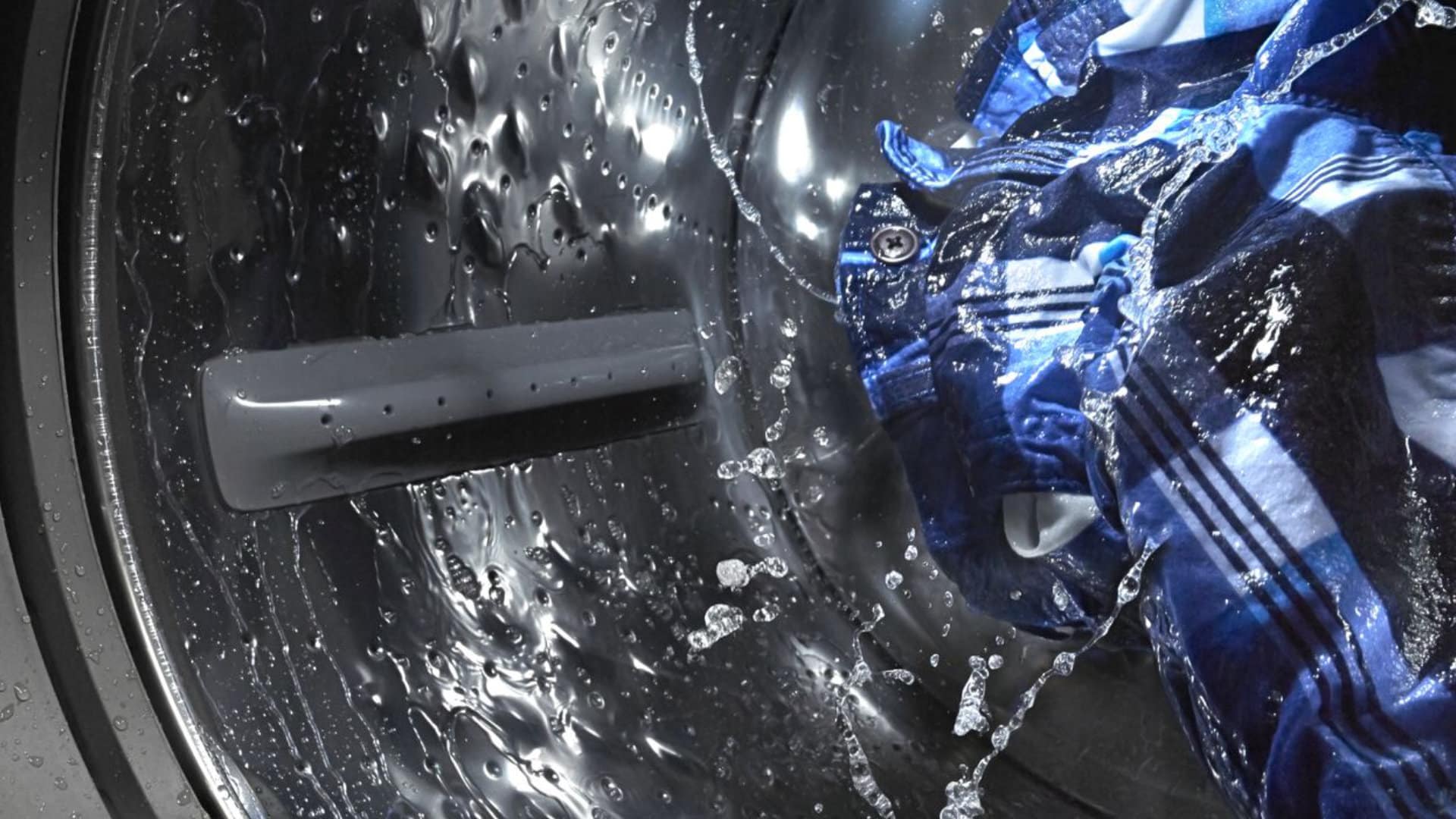
How to Fix the Whirlpool Washer F5 E3 Error Code
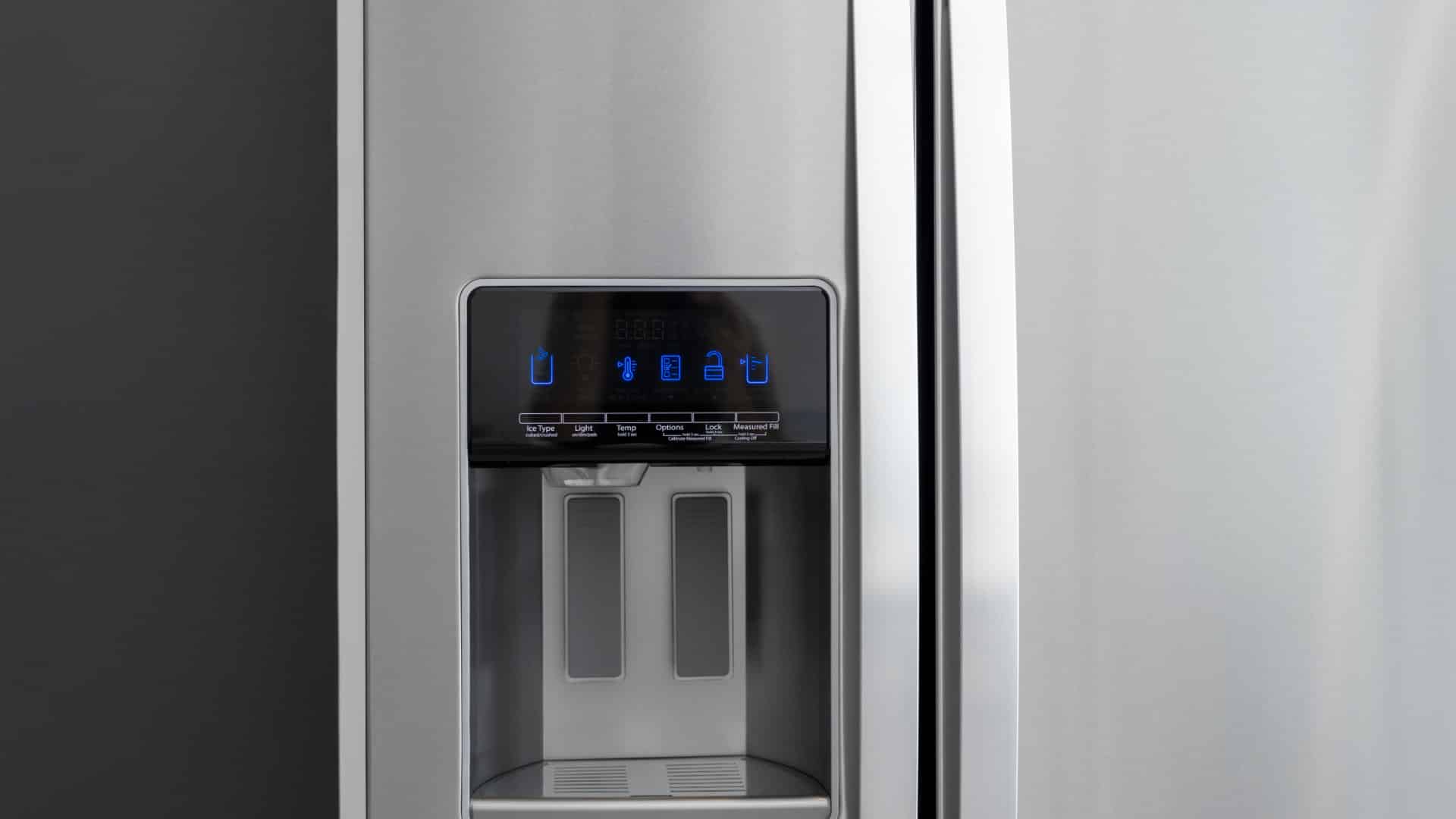
10 Steps to Clean Your Fridge Water Dispenser
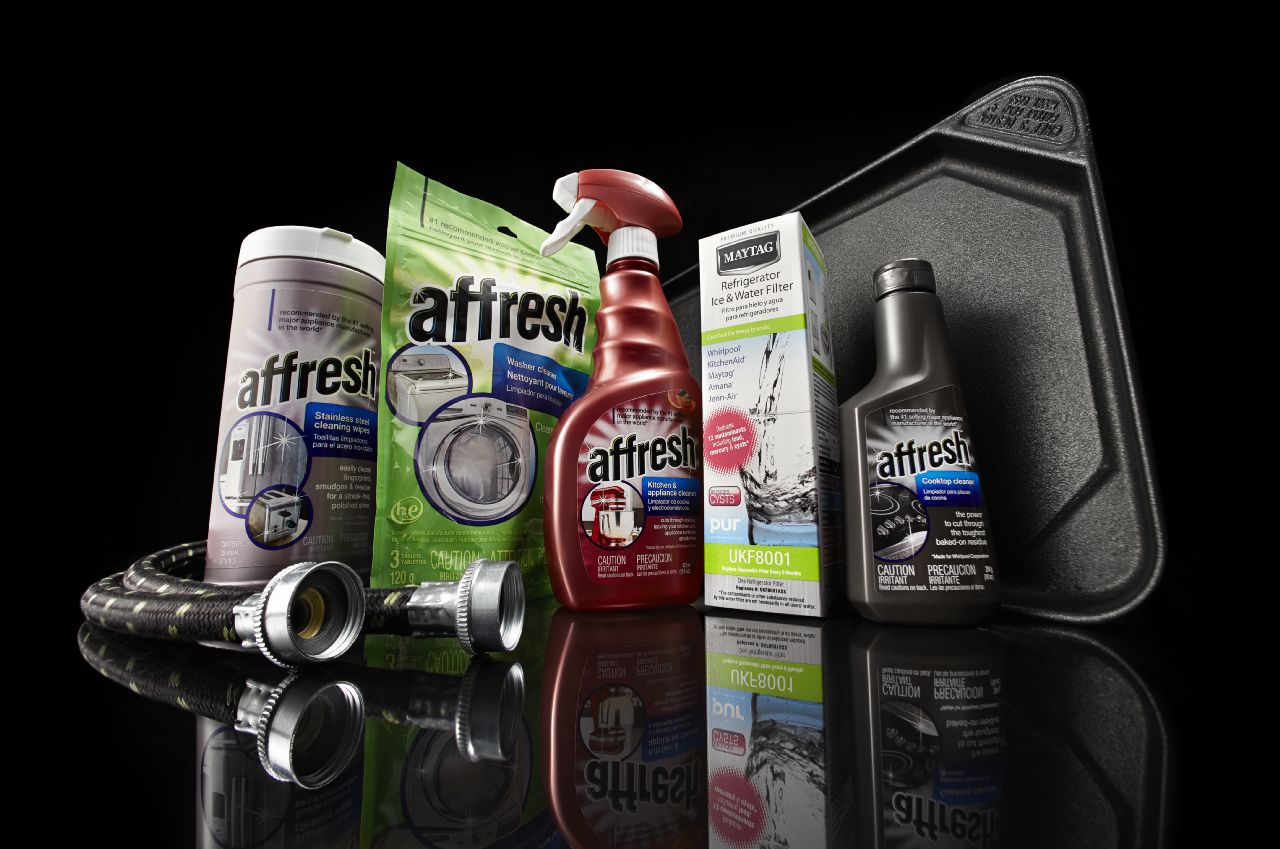
How to Replace a Whirlpool Refrigerator Water Filter
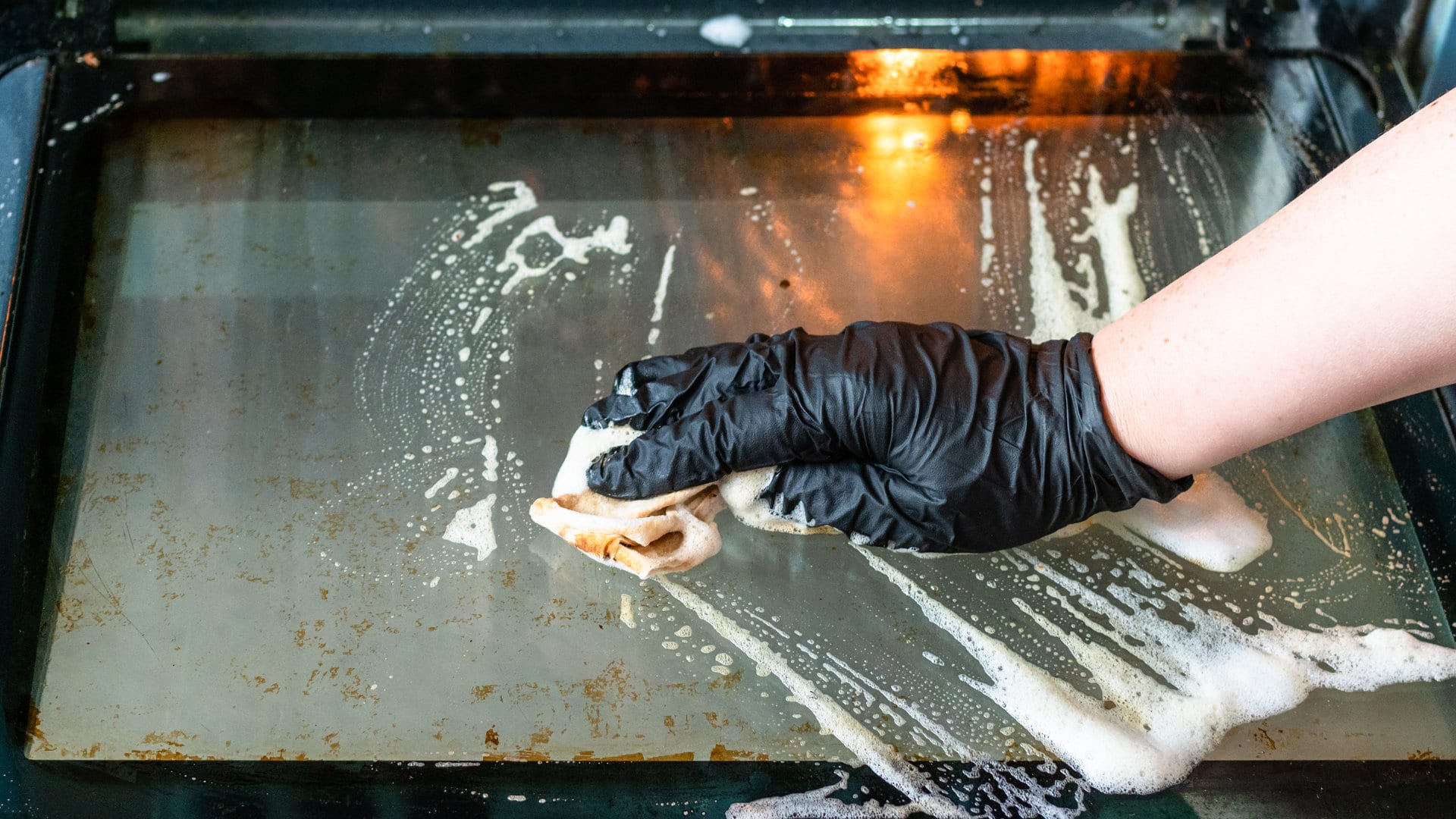
How to Clean an Oven Glass Door (3 Easy Methods)
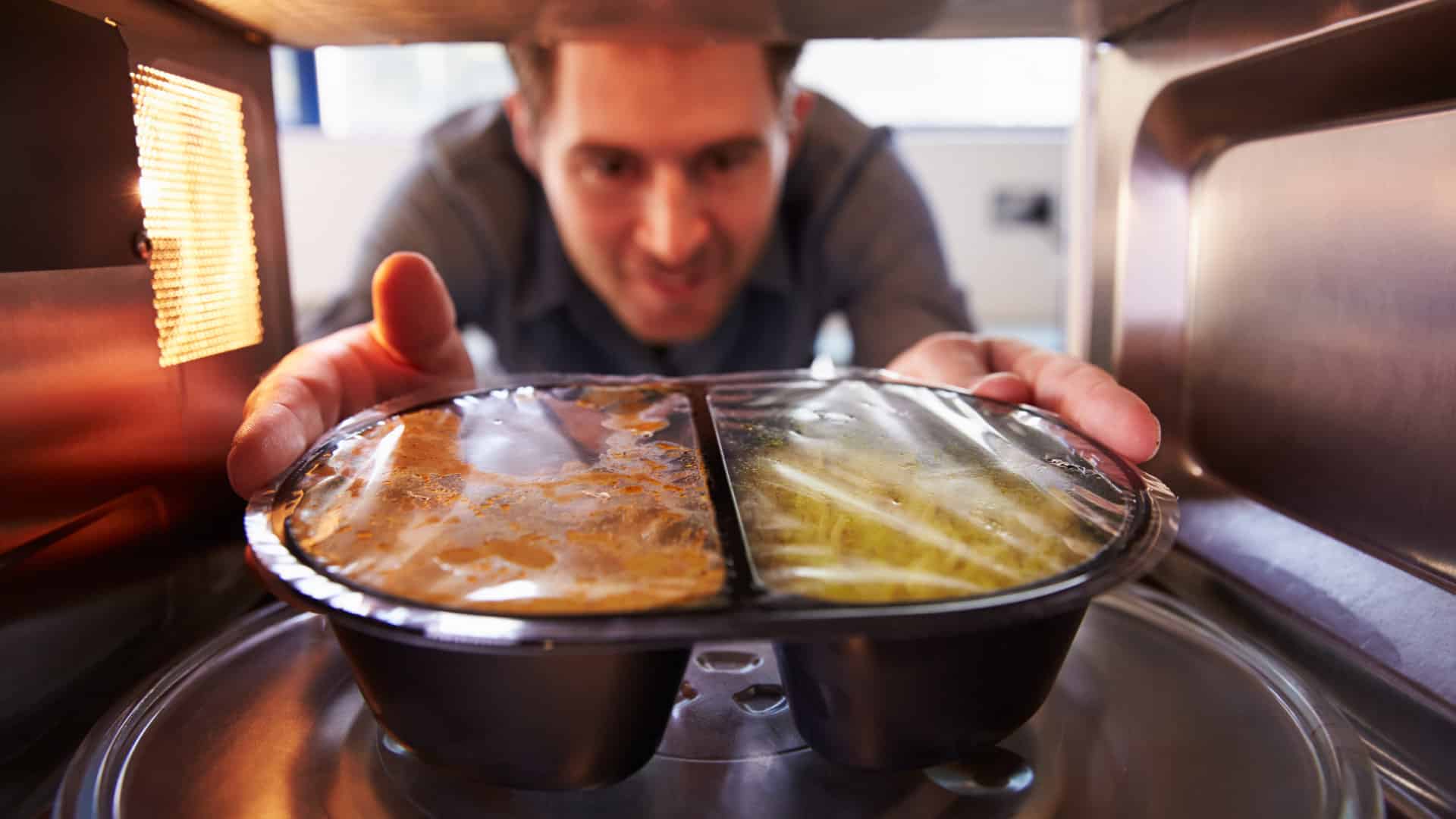
Why Your Microwave Plate Is Not Spinning
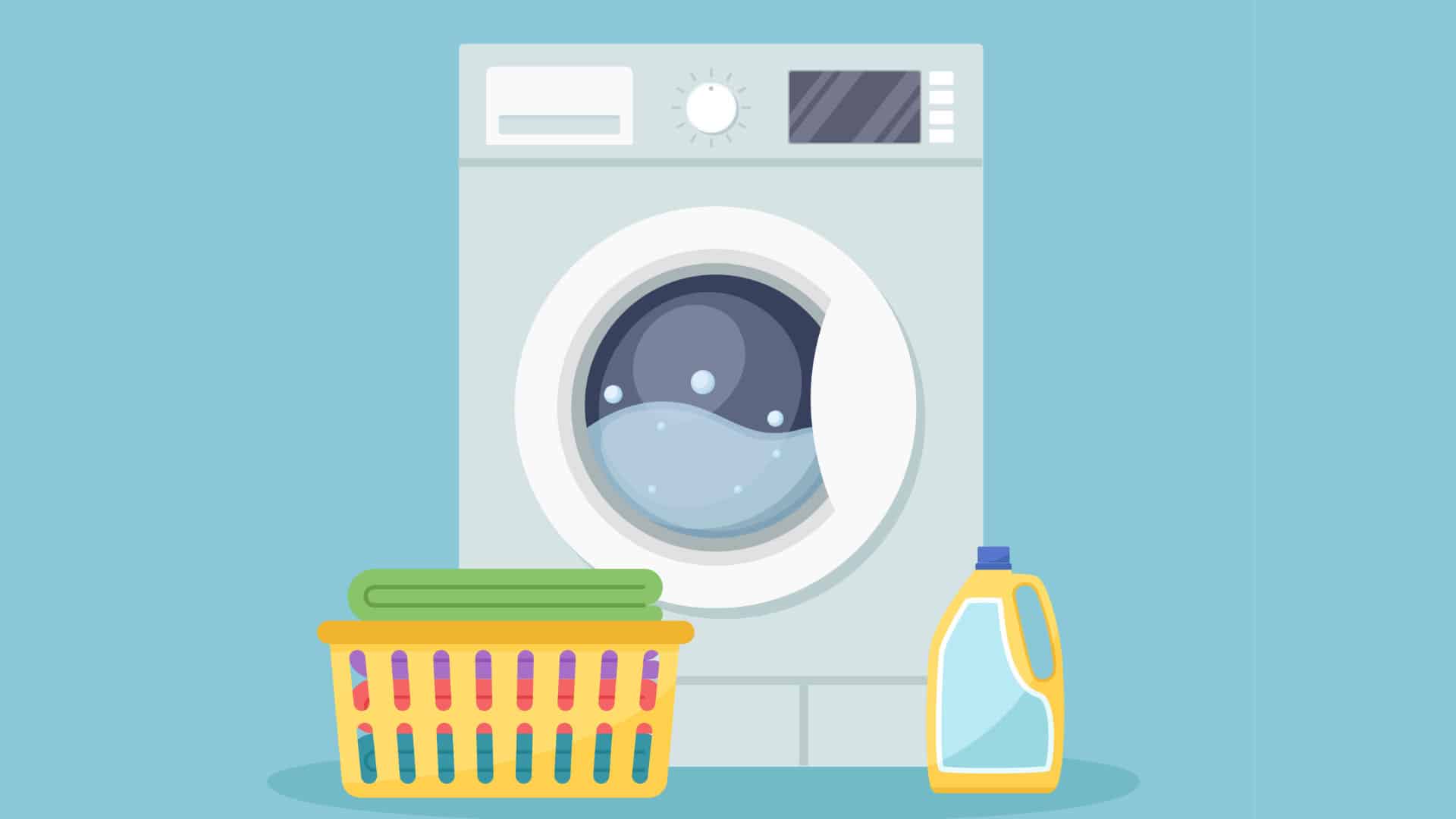
Washer Spin Cycle Not Working? Here’s Why
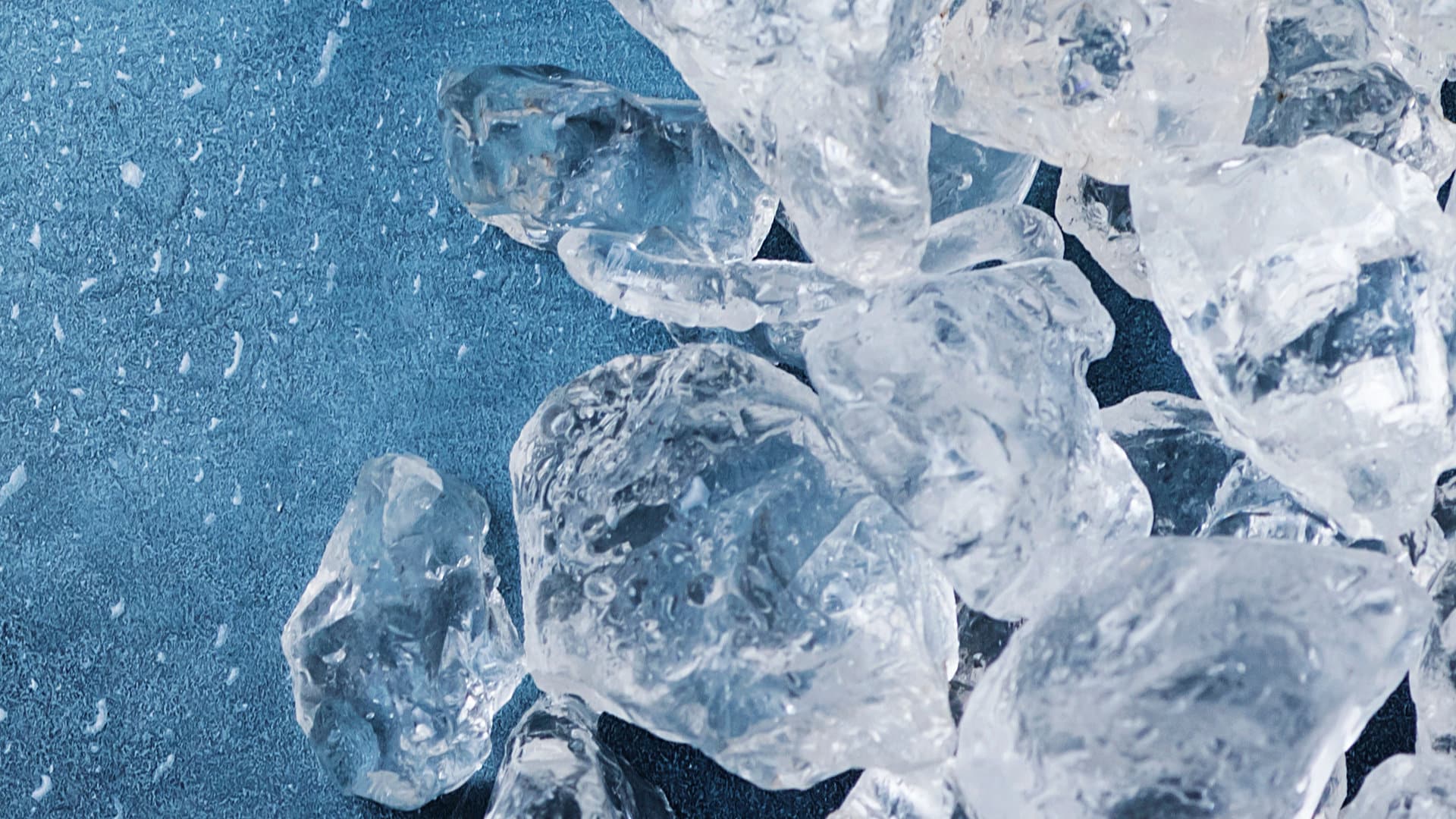
How to Fix a Slow Ice Maker
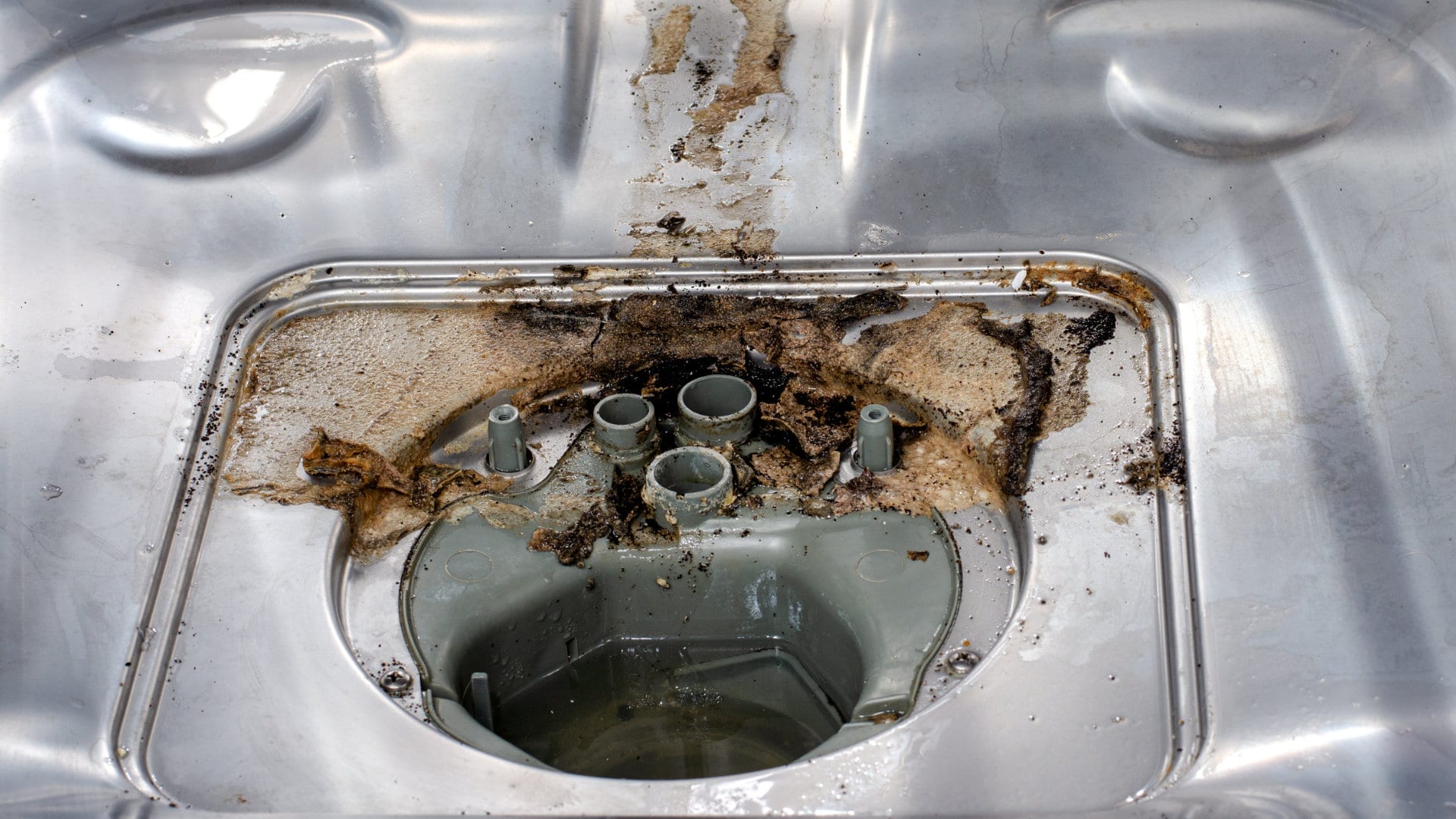
Why Does My Dishwasher Smell like Sewage?
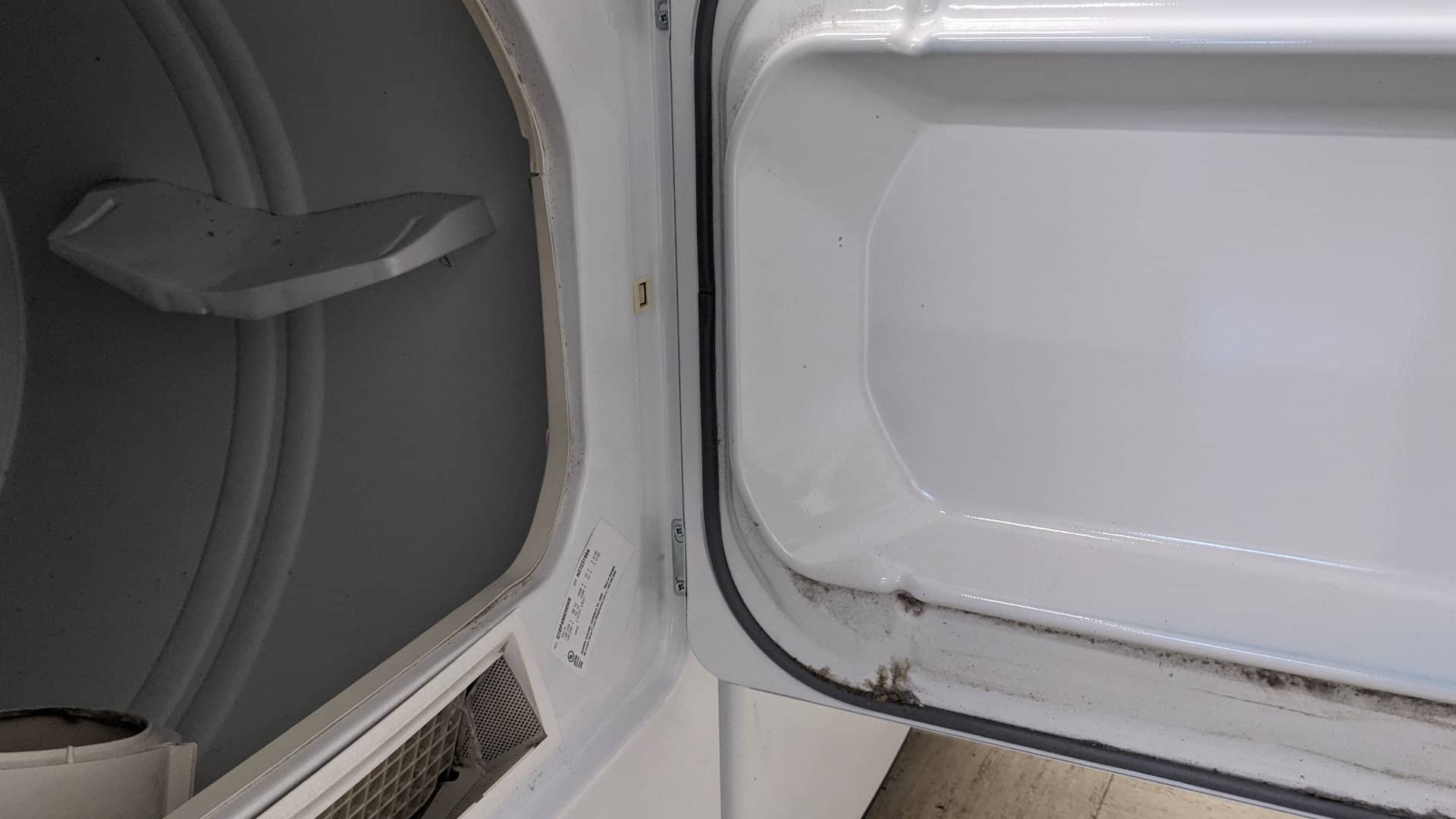
What Causes a Dryer to Overheat? (and How to Fix It)


